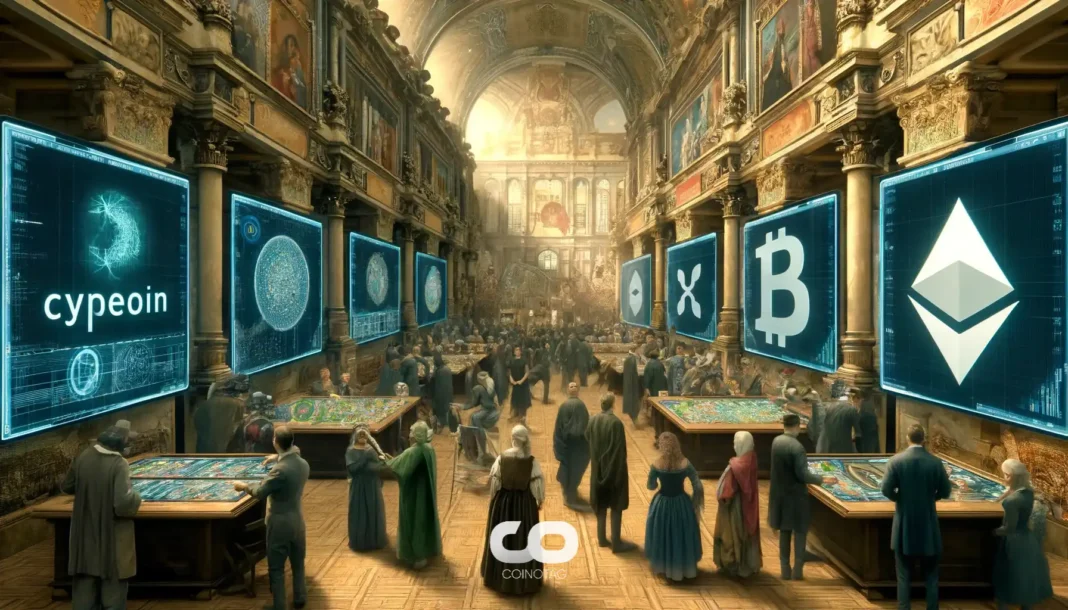The Rise of Layer-2 Solutions in Blockchain Scalability
The implementation of layer-2 solutions is revolutionizing the blockchain landscape by addressing scalability challenges that have historically plagued major networks. These solutions, such as rollups and state channels, enable faster transactions while significantly reducing costs. According to the Binance Research report, the layer-2 ecosystem is expected to expand rapidly, catering to the growing demand for efficient and secure blockchain operations.

Layer-2 solutions facilitate not only enhanced transaction throughput but also improve the overall user experience. By allowing transactions to occur off the main blockchain, these systems alleviate congestion, ensuring users benefit from reduced waiting times and lower fees. This advancement is particularly relevant for decentralized exchanges and gaming platforms, which require high transaction fidelity.
Impact on Decentralized Finance (DeFi)
The implications of layer-2 solutions are profound for the DeFi sector. Reports indicate that the growing adoption of these technologies enables DEXs and lending platforms to operate at unprecedented speeds while maintaining security and interoperability. Users can now trade assets and access liquidity without the bottlenecks typical of on-chain transactions, further driving the growth and accessibility of DeFi.
Additionally, layer-2 innovations allow for a seamless transition between various blockchain ecosystems, enhancing liquidity and fostering cross-chain collaborations. This interconnectivity not only benefits users but also attracts developers eager to build on a burgeoning multi-chain environment.
Commitment to Eco-friendly Blockchain Innovations
As the blockchain industry continues to flourish, there is a strong commitment to sustainability and eco-friendly practices. The Binance Research report notes that many projects actively explore approaches to minimize their environmental impact. Innovations such as energy-efficient consensus algorithms, carbon offset initiatives, and partnerships with green energy providers are becoming increasingly prevalent.
This commitment reflects a growing awareness among both developers and users regarding the environmental implications of blockchain technology. The industry’s shift towards eco-friendly solutions not only promotes responsible practices but also aligns blockchain with global sustainability goals, attracting more socially conscious investors.
Future Outlook for Blockchain Sustainability
Looking ahead, the fusing of sustainability with technological advancements like AI and layer-2 solutions presents an exciting frontier for the blockchain industry. By prioritizing eco-friendly practices, the sector can enhance its credibility and influence in global financial markets. Consequently, as regulatory scrutiny increases, projects that adopt sustainable models will likely gain a competitive edge, ensuring their long-term viability and success.
Conclusion
The recent Binance Research report highlights significant trends shaping the blockchain landscape. From the integration of AI to the adoption of layer-2 solutions and a commitment to sustainability, the future of blockchain appears promising. As these advancements take hold, they will likely redefine the cryptocurrency ecosystem, paving the way for innovative applications and enhancing user experiences. Embracing these trends will not only solidify the industry’s growth but also ensure that it remains relevant and responsible in an evolving global marketplace.






